Fly tying is a rewarding way to get more out of your fly fishing experience. For saltwater anglers, tying your own fly means you can create patterns that suit your specific needs, whether it’s imitating the flash of a baitfish or the subtle motion of a shrimp. It’s a hands-on way to improve your fishing success while staying connected to the craft.
Saltwater fly tying focuses on creating patterns that move naturally in the water to attract fish. Synthetic materials are commonly used because they hold up to the tough conditions of saltwater fishing and provide the lifelike motion needed to entice strikes. Since there are many different types of fly fishing, you have the chance to experiment with different materials to create effective patterns.
Building your own saltwater flies gives you the flexibility to adapt to a wide variety of fishing conditions and species. From the flats to the surf, having the right fly can make all the difference. With the right materials and tools, anyone can learn the tying techniques that make saltwater flies successful.
Essential Tools and Materials for Saltwater Fly Tying
Because saltwater flies are often larger and more durable than freshwater patterns, your tools need to stand up to the demands of thicker hooks and tougher tying materials.

Vise: The Foundation of Fly Tying
Thevise holds the hook shank securely in place while you work. For saltwater tying, it’s important to choose a vise that can accommodate larger hooks, typically sizes 1/0 to 6/0. A rotary vise is a great option for saltwater tiers, as it allows you to rotate the hook smoothly, making it easier to apply materials evenly around the shank. Durability is key here—your vise needs to handle the stress of repeated use without losing its grip. Brands likeDyna King are known for their sturdy and reliable vises and are an excellent choice for saltwater tying.
Bobbins: Keeping Thread in Check
Abobbin is a simple tool that keeps your tying thread tensioned and allows for precise control while wrapping materials. For saltwater flies, thicker threads are often used to secure materials, so a sturdy bobbin holder with a smooth feed is essential.
Hackle Pliers: Controlling Delicate Materials
Saddle hackle and other lightweight materials play an important role in creating movement in saltwater flies. Hackle pliers are designed to grip and wrap these materials around the hook shank securely, preventing damage or tearing. A well-made pair allows for precise control, making it easier to achieve clean, even wraps that enhance the fly’s action in the water.
Tying Scissors: Precision Cutting for Tougher Materials
A good pair oftying scissors is essential for handling fly tying materials. All-purpose scissors with sharp points and micro-serrations are a great starting point, offering precision for finer work and grip for cutting slippery synthetic materials.
For slick synthetics, scissors with pronounced serrations provide extra control, though they aren’t ideal for detailed trimming. Adjustable-tension scissors are another option, allowing you to customize blade tightness for different tasks, though they’re better suited for tiers who handle a variety of materials regularly.
Shorter blades are perfect for fine trimming, while longer blades handle larger patterns like baitfish or foam flies. Having both on hand ensures you’re equipped for any tying scenario.
Tying Materials for Saltwater Flies
The materials you choose for tying saltwater flies are critical to their performance. Saltwater patterns need to be durable, lifelike, and capable of standing up to harsh conditions, making the selection of materials just as important as your tying skills.
Synthetic Materials
Synthetic materials are a staple for saltwater fly tying due to their durability and versatility. Materials likeflash fibers and Mylar are highly effective for imitating baitfish, thanks to their ability to reflect light and create a shimmering appearance in the water. These materials are not only tough enough to handle aggressive strikes but also maintain their shape and motion even after repeated use.
Natural Materials
Natural materials like bucktail, marabou, and saddle hackle bring a lifelike motion and bulk to saltwater patterns.Bucktail creates a flowing, tapered profile, ideal for baitfish imitations, while marabou adds a soft, pulsating movement that mimics shrimp or other prey.Feathers and hackle enhances the fly’s action in the water, creating subtle, realistic undulations that trigger predatory responses.
Blending Materials
Combining natural and synthetic materials can improve both the durability and effectiveness of your flies. For example, blending bucktail with a bit of flash material adds realism while ensuring the fly holds up in challenging conditions. However, it’s important to note that natural materials may degrade or lose their structure faster than synthetics, especially in saltwater environments.
Heavy-Duty Tying Thread
Saltwater flies require heavy-duty tying thread to secure larger hooks and dense materials. Gel-spun polyethylene (GSP) is a popular choice for saltwater tying because of its exceptional strength and minimal bulk. Using a thread designed specifically for saltwater ensures your patterns hold together, even when tied with heavy or slippery materials.
Why They Matter
The right materials bring your flies to life, mimicking the behavior of prey in the water. Combining natural and synthetic elements creates patterns that move naturally and reflect light like real baitfish. Matching the colors and textures of local prey enhances the effectiveness of your patterns, ensuring they appeal to the fish you’re targeting. By focusing on movement and durability, these materials help you craft flies that are as practical as they are lifelike.
Understanding Saltwater Fly Behavior and Target-Specific Design
Crafting effective saltwater flies requires an understanding of how fish feed and how to tailor patterns to specific species and environments. By focusing on feeding behavior, fly action, and adapting to different habitats, you can significantly increase your success on the water.
Feeding Behavior
Saltwater fish often feed through aggressive strikes or ambush hunting, meaning your flies need to provoke quick reactions. Flies that mimic distressed baitfish, darting shrimp, or slow-moving crabs are especially effective. The key is to design patterns that trigger instinctive responses, whether by creating lifelike motion or reflecting light to grab attention.
Fly Action and Durability
The action of a fly in the water can make or break its effectiveness. Patterns should mimic lifelike movement, such as the pulsating motion of marabou or the shimmering flicker of synthetic materials. Durability is equally important, as saltwater flies must endure strong currents, sharp teeth, and repeated strikes. Reinforcing patterns with strong tying thread and durable coatings ensures they hold up through multiple battles.
Adapting to Environments
Different habitats call for specific adjustments in fly patterns. On the flats, lighter flies with muted colors and lifelike profiles are ideal for stealthy presentations to spooky fish like bonefish. In open water, larger, flashier flies work better to attract predatory species like striped bass or bluefish. For deeper conditions, weighted flies that sink quickly help you reach species like snapper. Matching the size, color, and weight of your fly to the environment ensures effective presentations in a wide variety of conditions.
Target Species Examples
Use proven patterns to match the natural prey that different saltwater species require. Some examples include:
- Striped Bass:Clouser Minnows are a versatile and proven choice, mimicking baitfish in various water depths.
- Bonefish: Crab flies work well for mimicking the crustaceans found on sandy flats.
- Tarpon: Larger baitfish imitations with strong profiles and lifelike movement are effective for targeting this powerful species.
By understanding how saltwater species feed and adapting your patterns to their behaviors and environments, you can craft flies that consistently perform on the water.
Beginner to Advanced Techniques for Tying Flies
Tying saltwater flies offers endless opportunities to develop your skills, from mastering the basics to crafting advanced, lifelike patterns. Here’s a breakdown of techniques for every skill level.
Beginner Techniques
Start with simple patterns and focus on even wrapping and securing materials firmly to the hook. Usinghead cement orUV finish adds durability, ensuring your flies hold up during repeated casts and strikes. Building confidence with foundational skills and straightforward patterns sets the stage for tackling more complex designs.
Intermediate Techniques
Take your tying to the next level by incorporating dynamic materials like Flashabou to add shimmer and movement. Learn weighting techniques, such as using bead eyes, to control the depth of your fly.
Advanced Techniques
Advanced tiers can explore techniques like layering materials to achieve realistic prey imitations. Using dubbing loops or applyingUV resin coatingscreates flies with lifelike textures and enhanced durability.
Fly Care: Maintenance, Sustainability, and Troubleshooting Tips
Proper care for your saltwater flies ensures they stay effective, last longer, and align with sustainable fishing practices. Here’s how to maintain your flies, make environmentally responsible choices, and troubleshoot common issues.
Fly Maintenance and Care
- Cleaning Flies: After saltwater use, rinse your flies thoroughly with fresh water to prevent corrosion and salt buildup. Pay extra attention to flies tied with synthetic materials or metal components like bead eyes.
- Storage: Store your flies in a dry, ventilated fly box to maintain their shape and functionality. Use foam or slotted inserts to prevent materials from getting crushed. Keep them out of direct sunlight to avoid fading or weakening.
Environmental Considerations
- Eco-Friendly Materials: Opt for tying materials with minimal environmental impact, such as biodegradable synthetics or sustainably sourced natural fibers.
- Avoid Invasive Species: Be mindful of using non-native materials, particularly in sensitive ecosystems. Materials like feathers or fur from invasive species can inadvertently introduce harmful elements to local waters.
Troubleshooting Common Problems
- Loose Wraps: If wraps loosen during tying, reapply tension evenly with your tying thread and secure the fly with a whip finish and head cement.
- Material Breakage: Choose durable materials, but if breakage occurs, reinforce the affected area with extra wraps or UV resin.
- Fly Balance: If your fly doesn’t swim properly, check the weighting and reposition materials to restore balance. Adjust bead eyes or weight placement during tying to prevent uneven action.
By cleaning, storing, and maintaining your flies, you’ll extend their lifespan. Being mindful of sustainability and addressing common issues ensures your flies perform well and contribute to healthier fishing environments.
Tips for Building Your Fly Tying Skills
Whether you’re just starting or looking to refine your craft, growing your fly tying skills and connecting with a supportive community can elevate your experience. Here are a few practical tips to help you along the way.
Skill Development
Start with simple patterns and master foundational techniques like even wrapping and secure finishing. Build your confidence by gradually taking on more intricate designs and experimenting with new materials and methods.
Community Learning
Joining a fly fishing club or tying group is an excellent way to learn from others and share ideas. Many clubs offer in-person workshops where you can get hands-on instruction and feedback.
Visit Your Local Fly Shop
Your local fly shop is a trove of knowledge and resources. Beyond selling materials and tools, most shops offer advice tailored to your area’s species and fishing conditions.
Practice Alongside YouTube
Online resources make it easy to practice tying at your own pace.The Saltwater Edge offers a wide range of videos covering beginner to advanced techniques. Watching and tying along with these tutorials can quickly improve your skills and expose you to a variety of fly patterns.

Start Saltwater Fly Tying with The Saltwater Edge
Saltwater fly tying is as rewarding as it is effective, giving you the chance to craft patterns tailored to your fishing style and local conditions. Whether you’re a beginner exploring foundational techniques or an advanced tier perfecting lifelike imitations, there’s always something new to learn and improve.
Choosing the right tying materials and mastering techniques are key to creating durable, effective flies for saltwater environments. From selecting materials for baitfish patterns to incorporating weighting for deeper water, the details matter. Experimenting with different patterns and refining your skills ensures you’re always ready for your next big catch.
The Saltwater Edge offers everything you need for an epic fly tying experience. Explore our extensive collection oftutorials,tools, and materials to build your skills and expand your fly box. Whether you’re looking for beginner guidance or advanced inspiration, we’re here to help you tie flies that perform. Dive into saltwater fly tying today and make your time on the water even more rewarding!




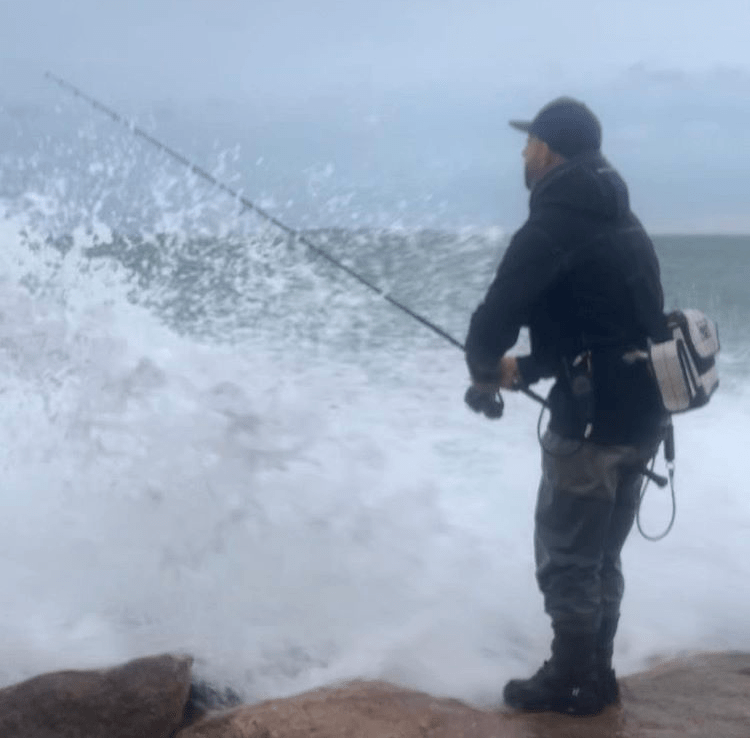

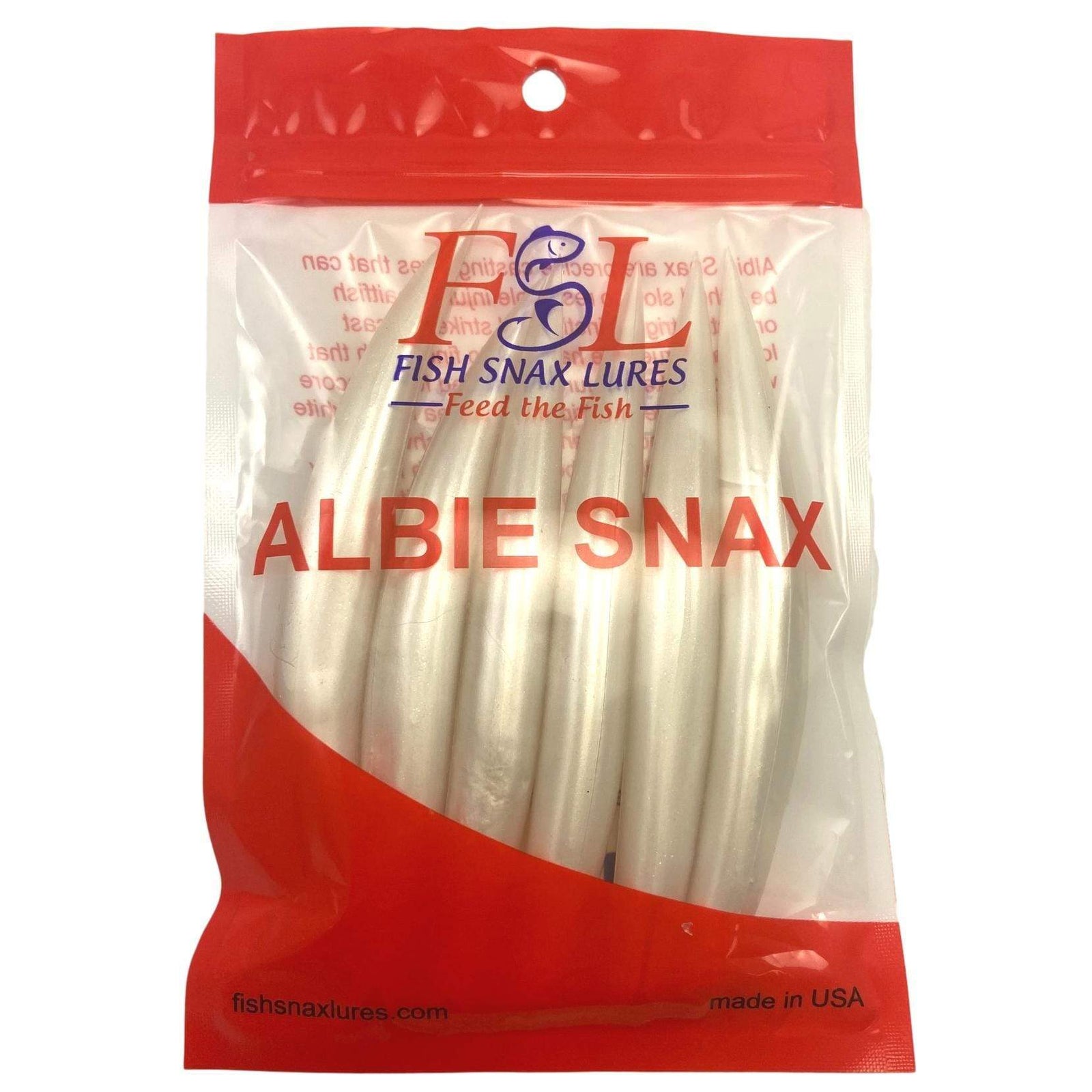

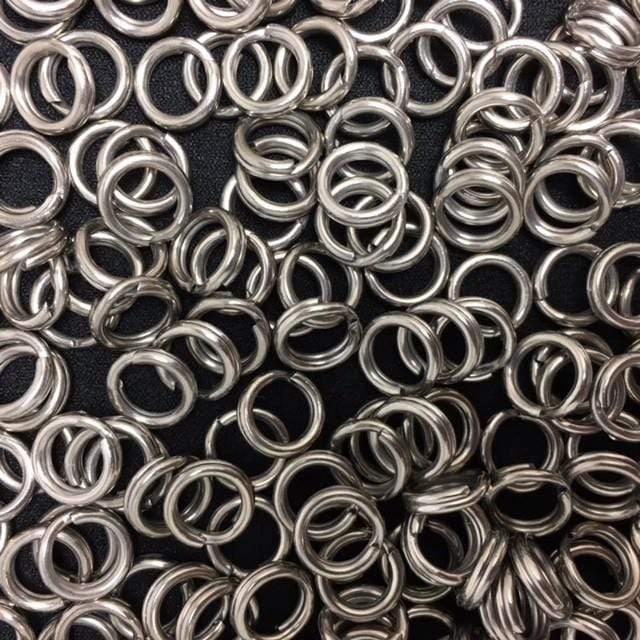
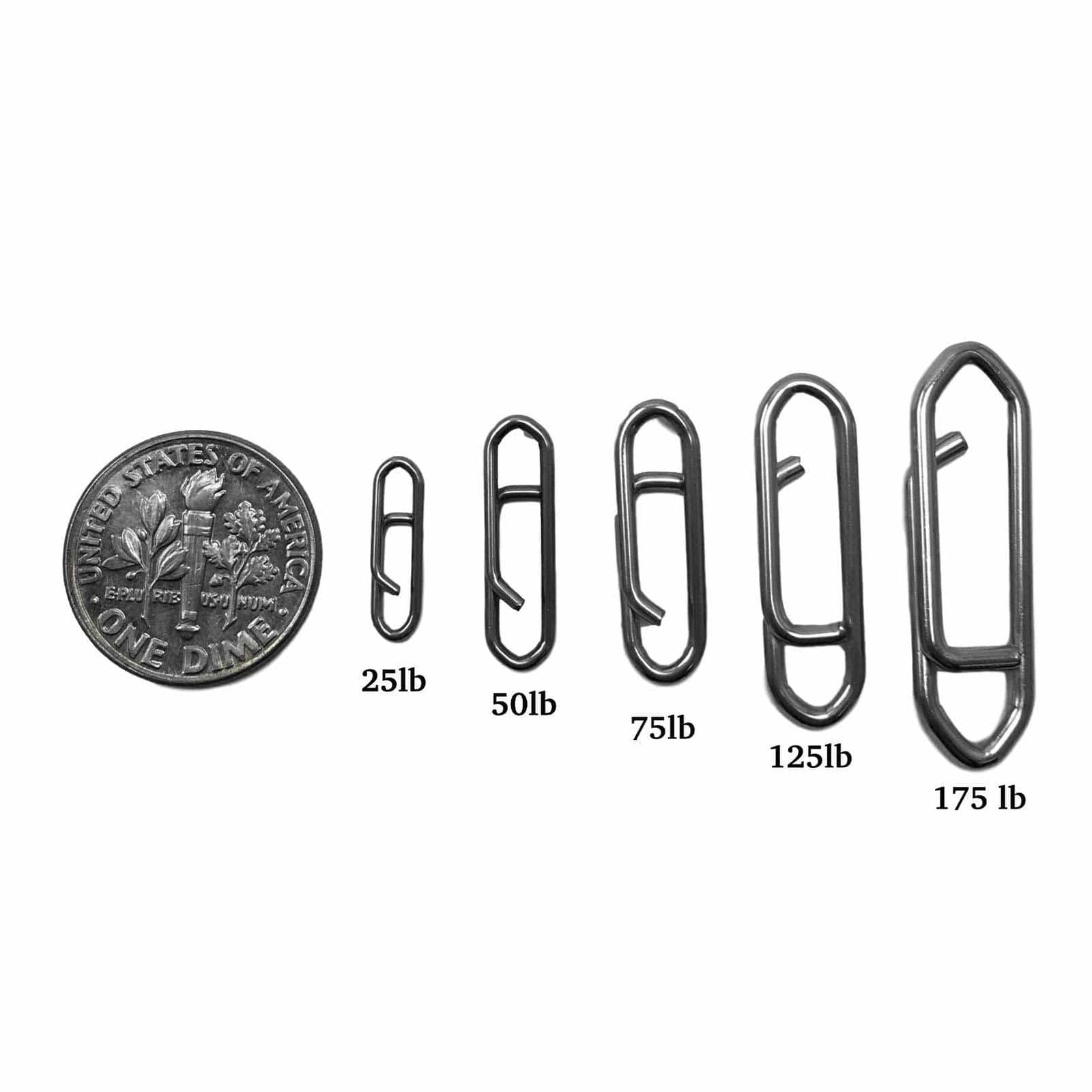

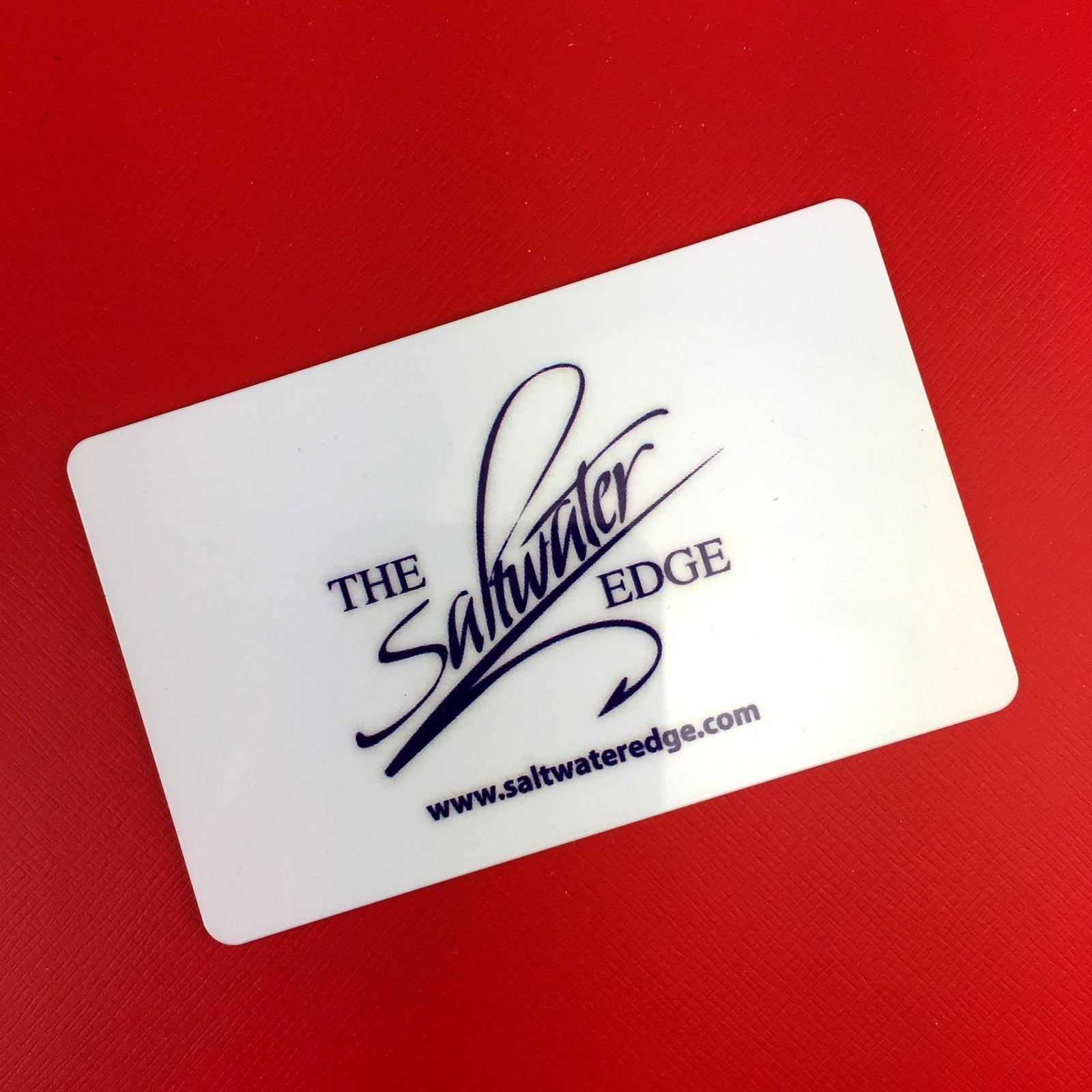
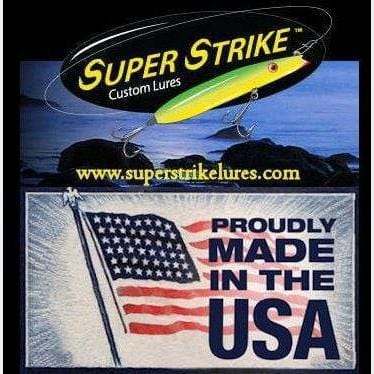

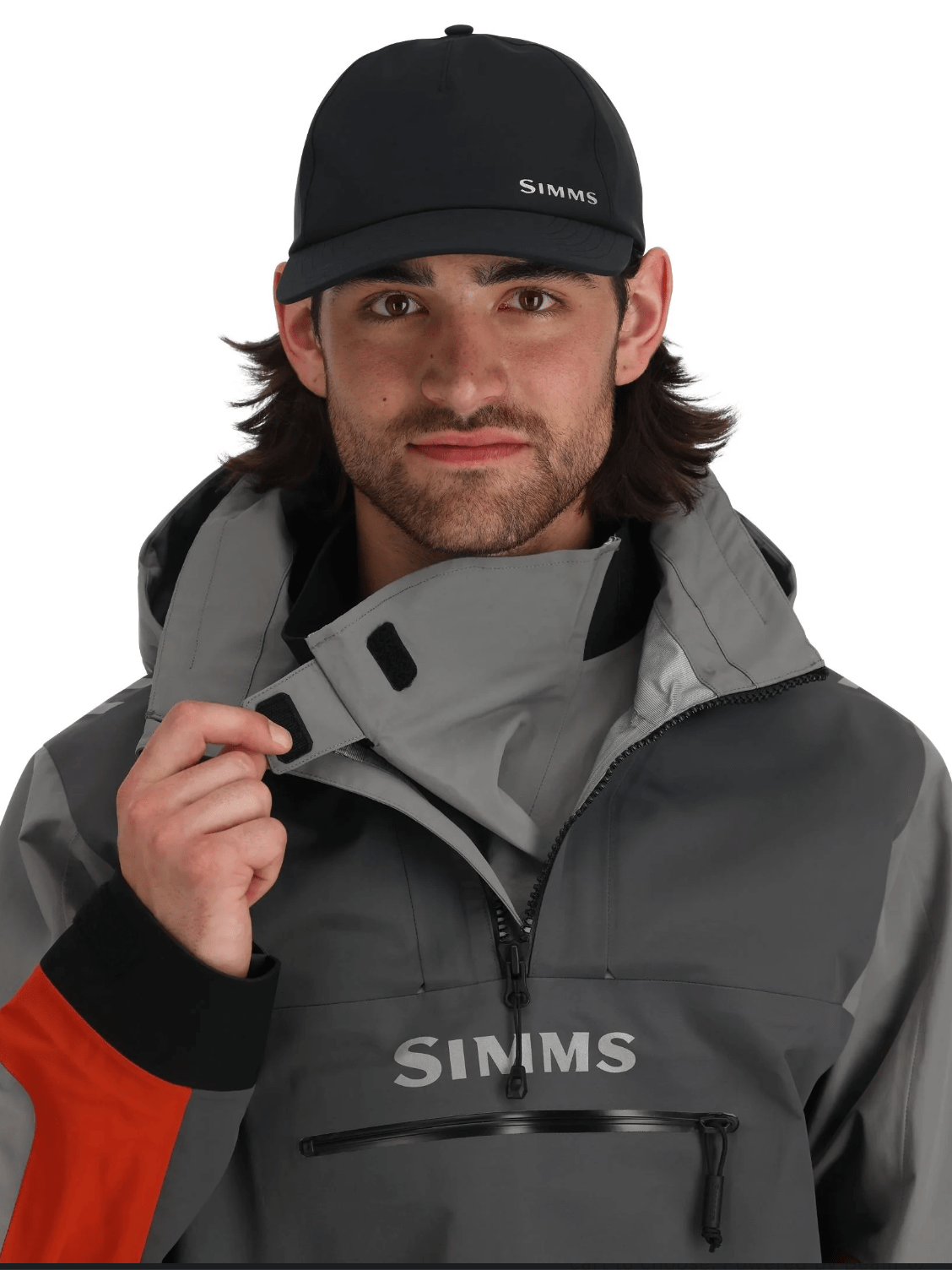

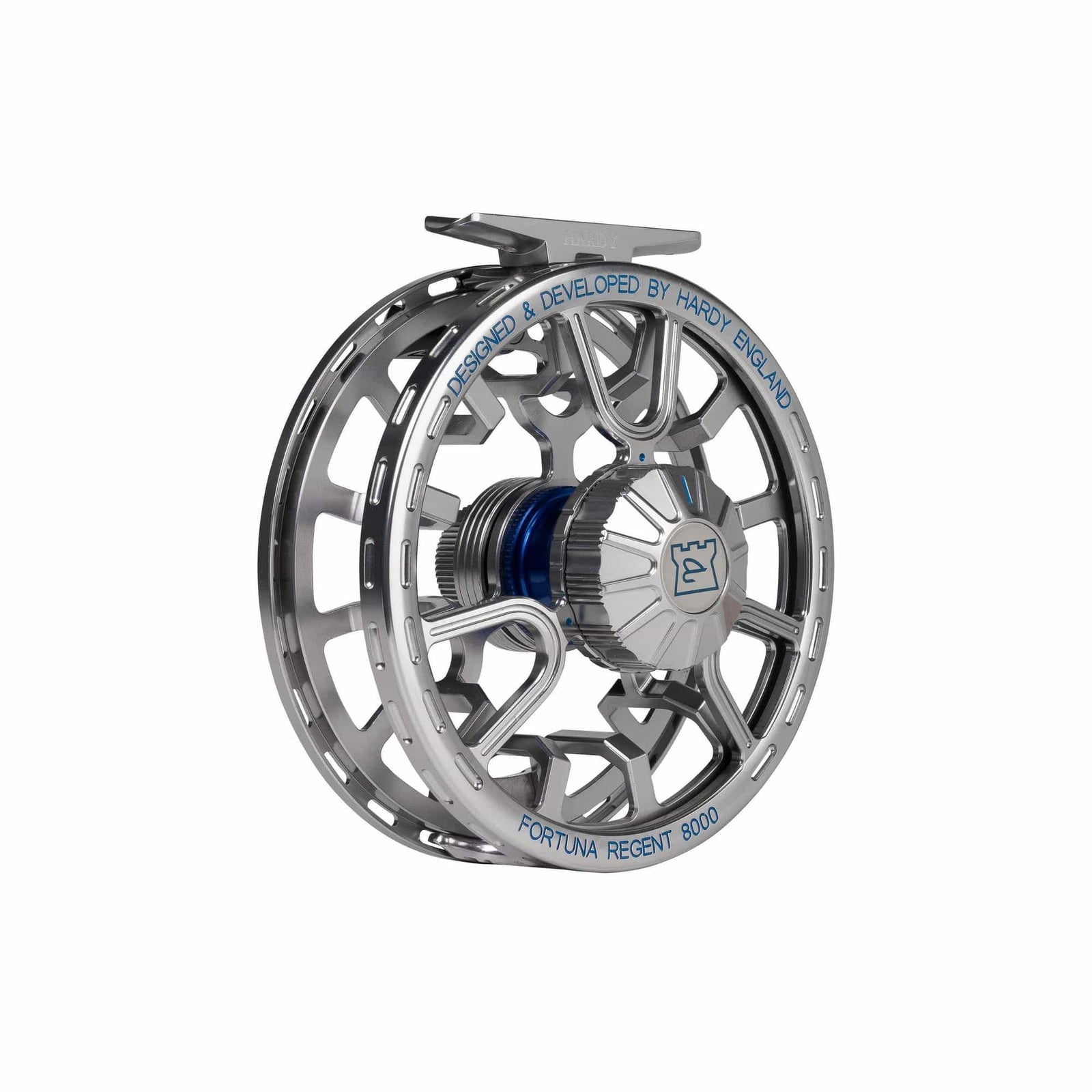
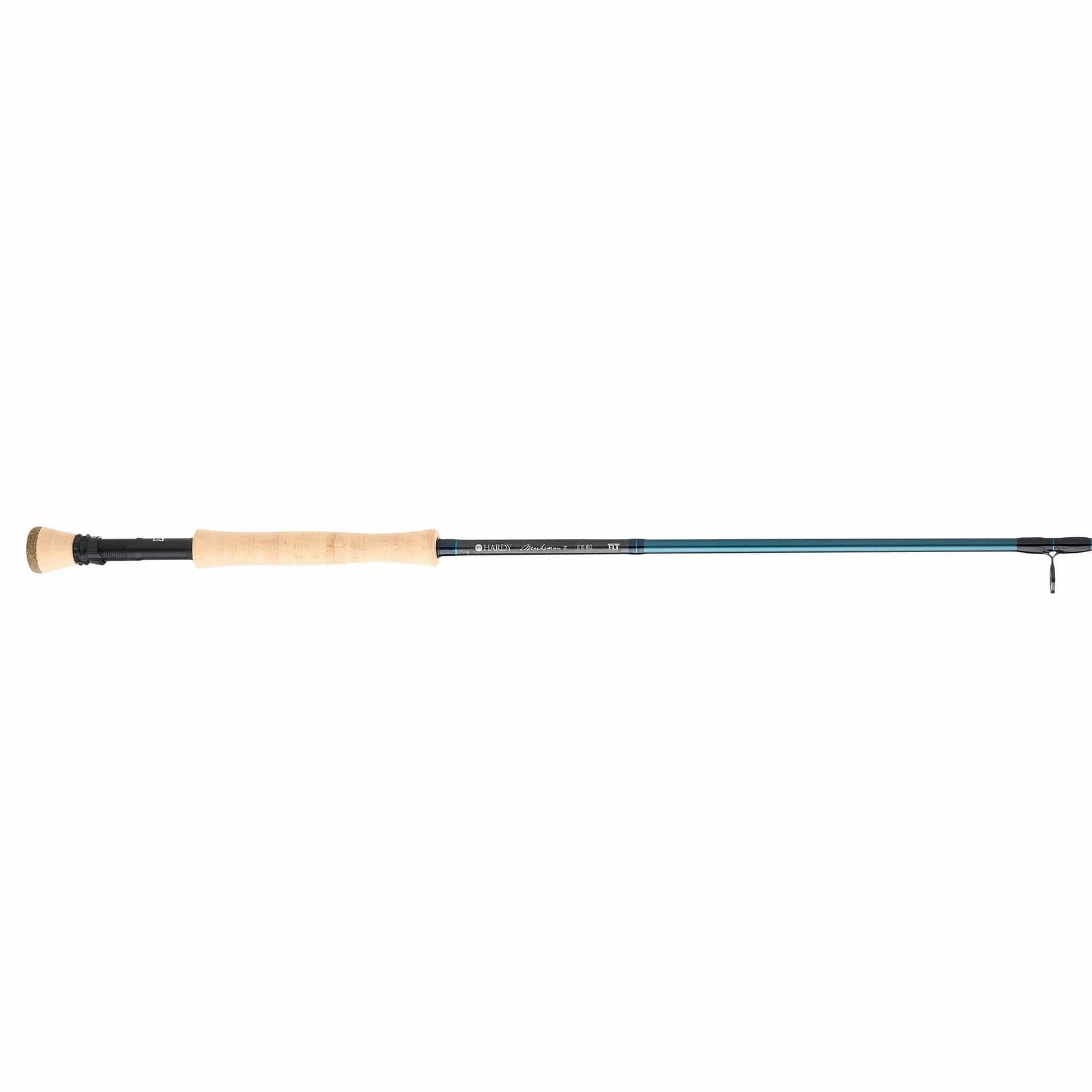
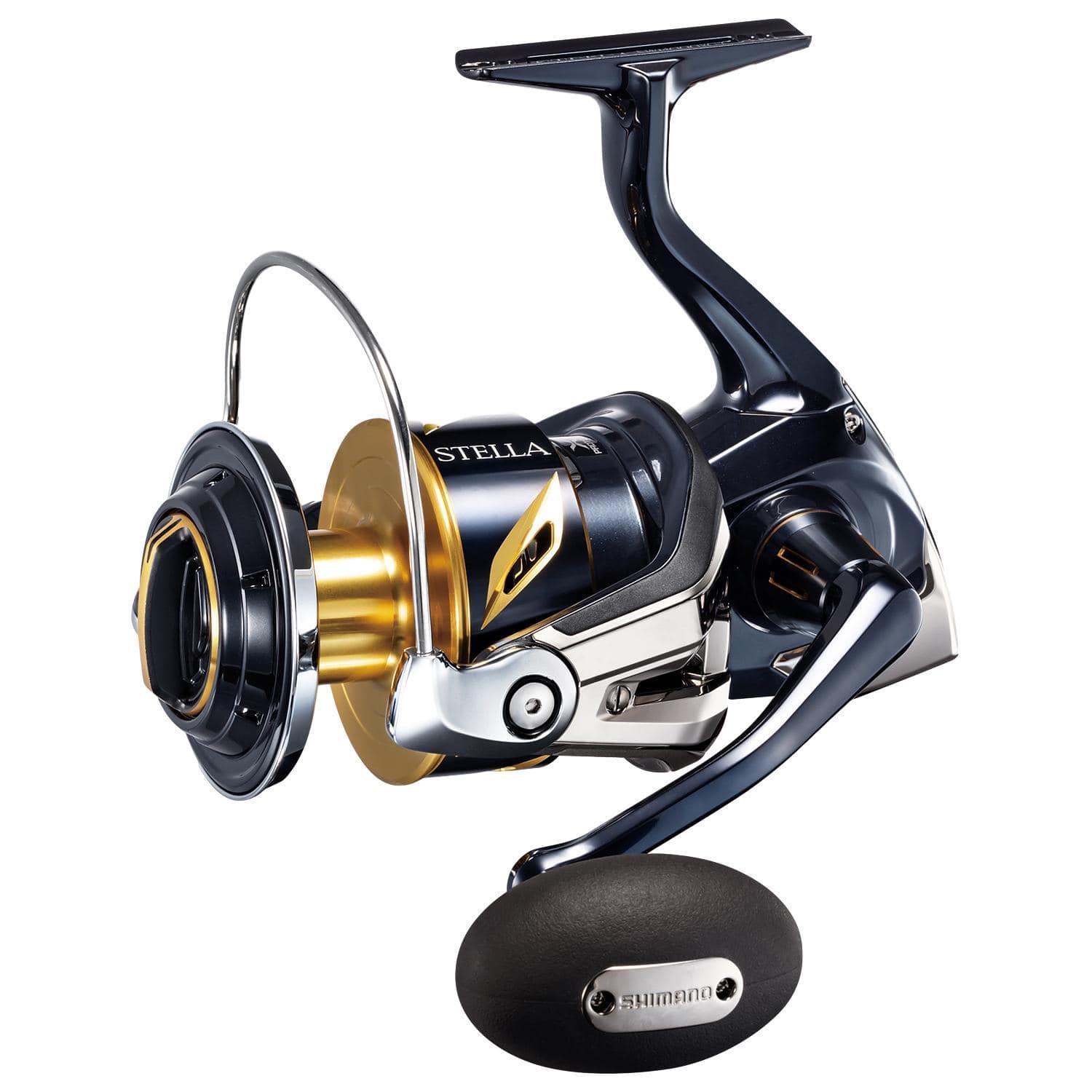
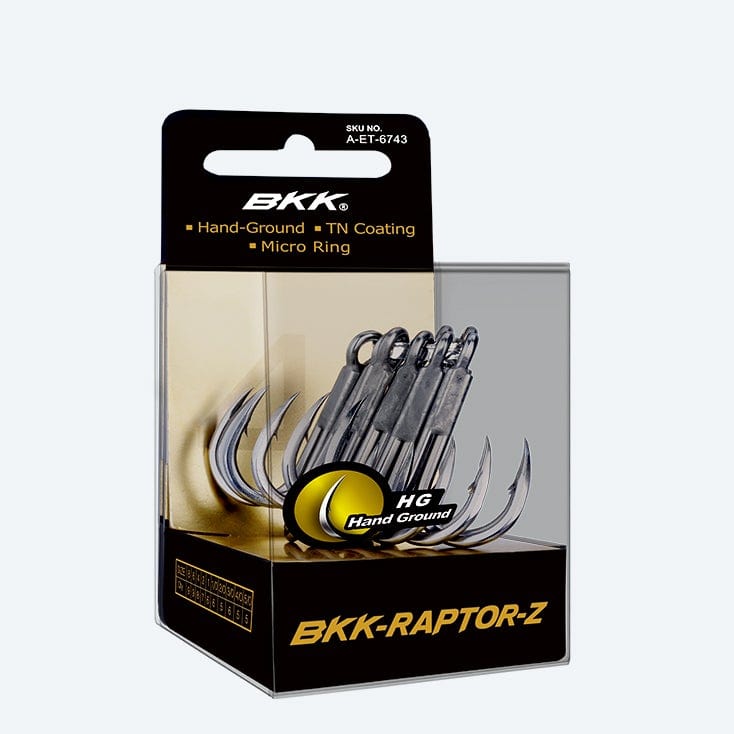
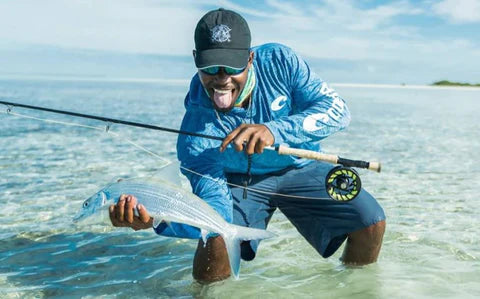
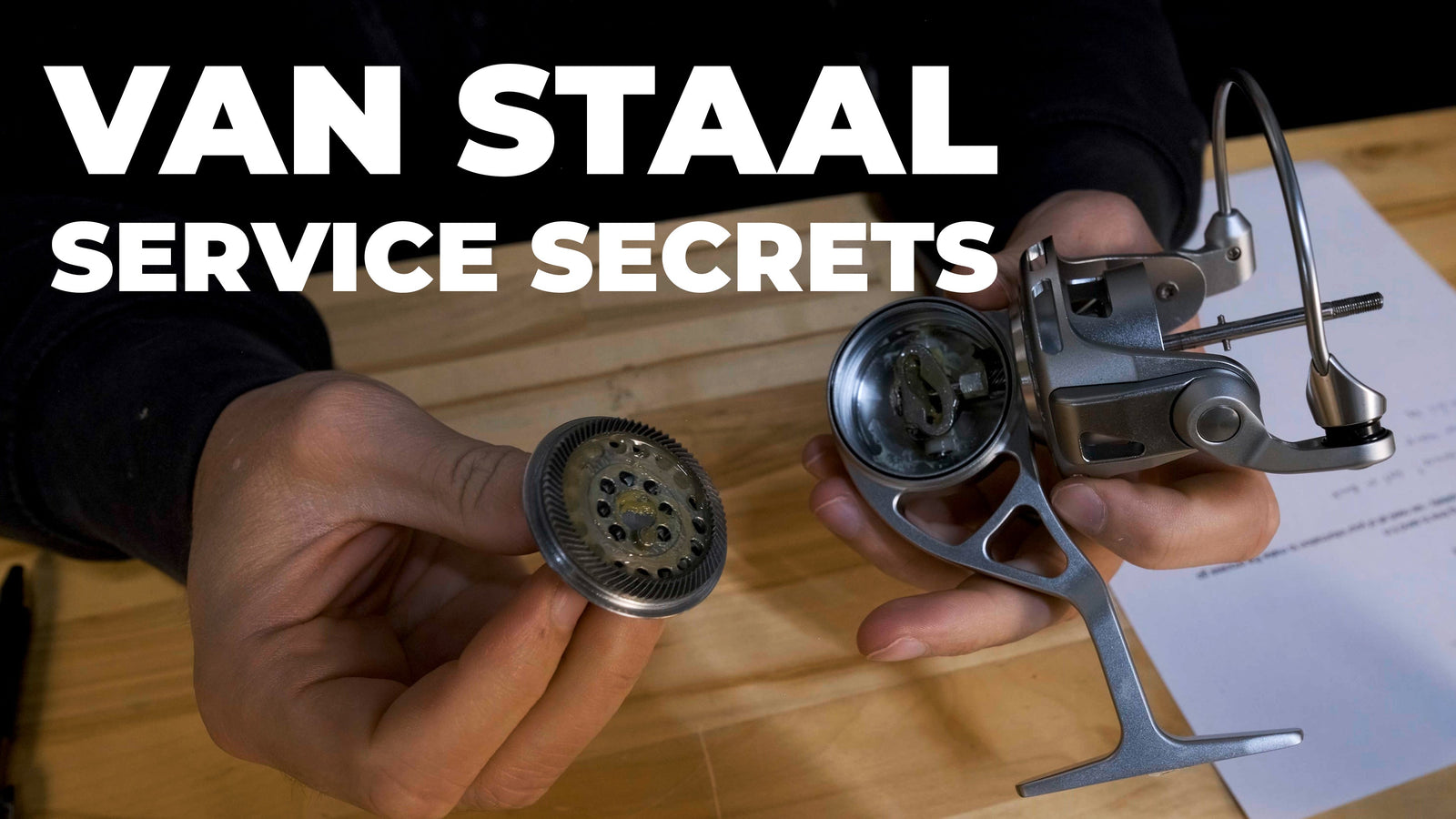


Dejar un comentario